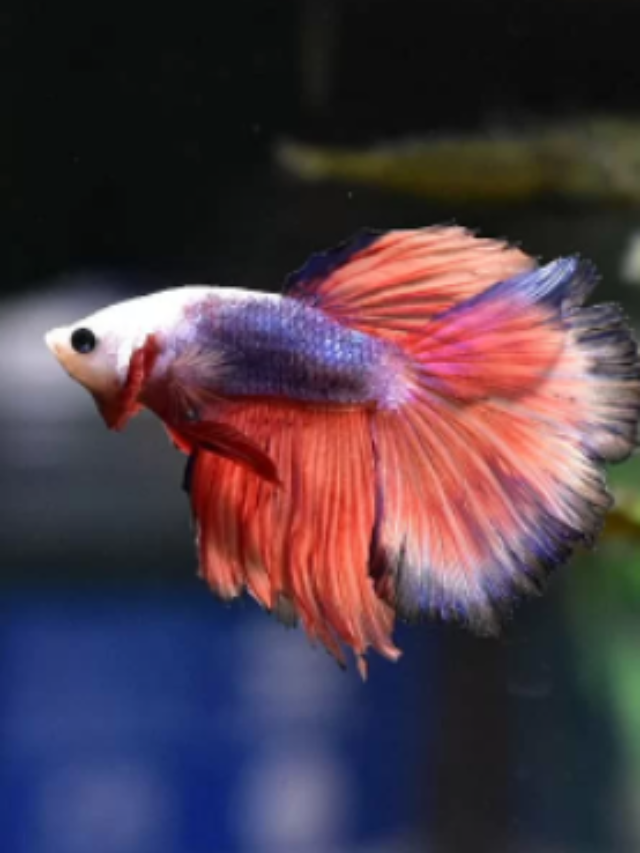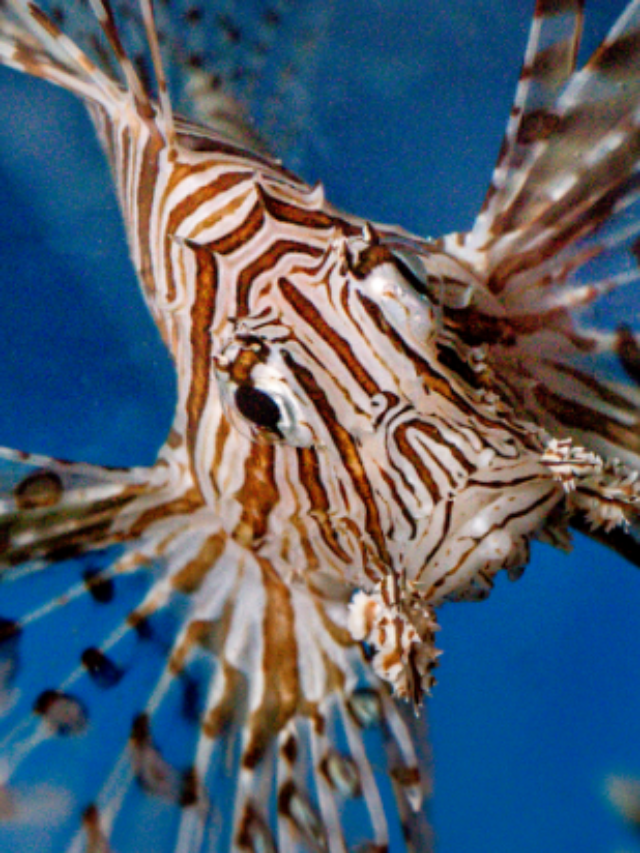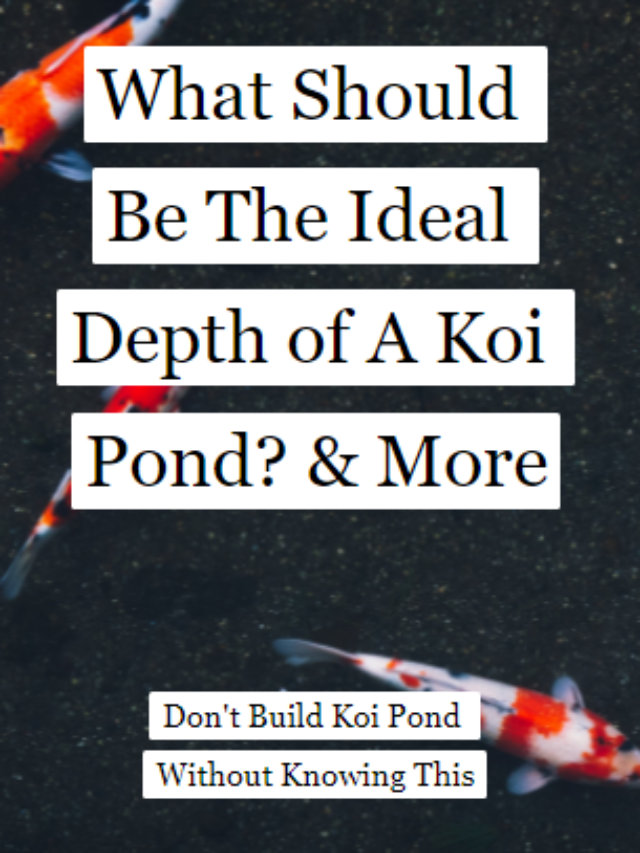Basic Interaction Between Plants & Fish Inside an Aquarium
Check Our Quick Stories
An aquarium requires aquatic plants to keep it healthy. Lots of aquarists ignore the plants while building an aquarium. However, there is a relation between aquatic plants and the fishes. This relationship helps to build a natural aquatic environment inside of the aquarium.
Aquatic plants in an aquarium help fish to get the most natural environment. The benthic microorganisms growing at the root of such plants are good food sources for juvenile fish. Plants supply additional nutrients to these microorganisms while the fishes supply CO2 for the plants to do photosynthesis
These are the most common knowledge that you should know before building an aquarium.
However, only this brief answer may not clear your confusion regarding this topic. You must know it in depth. So for you, this article is going to elaborate on this topic. Let’s dive deep into the topic.
Relationship between aquatic plants and fishes inside of an aquarium
-
Aquatic plants help to grow benthic microorganisms
If you add aquatic plants then the root of the plants will be the home of benthic microorganisms. This is so important for the establishment of the aquarium. These benthic microorganisms destroy the detritus of the aquarium and add nutrients to the aquarium. Plants take nitrogen and other nutritious elements through this process. These benthic microorganisms get detritus material from the fish waste.
If the plants would not be in the aquarium then a benthic zone would not be created at the root of the plants. Toxicity increases much faster along with the increment of the amount of detritus material.
Read More:- Is Money Plant (pothos) Suitable for Fish? A Scientific Analysis
-
Aquatic plants control algae growth
Algae are one of the main living things in the aquarium that may destroy an aquarium if it blooms. This situation is called an algal bloom. This often occurs in the confined lakes. This occurs in the aquarium too. Different types of algal bloom can occur in the aquarium.
Algal bloom occurs due to the presence of excess nutrients. If you do not maintain the aquarium then the stock of excess foods, detritus material will start growing and algae will grow on it. However, a little bit of algae is not bad for an aquarium, rather this is good for an aquarium. But if it gets too many nutrients then it will grow very fast and your aquarium may face Hypoxia too.
However, aquatic plants prevent the chance of algal bloom. The plants intake all the nutrients with their roots and algae cannot compete with the plants in them. So algae growth remains stable.
Not only that, but floating aquatic plants prevent direct light injection into the water. Algal bloom occurs due to this reason also. So if you want to make a planted aquarium then you must definitely keep some floating plants.
Read more:- How to remove algae from the aquarium? Solutions for each type of alga
| Note:- algal bloom does not harm fishes directly. These destroy the plants directly. However, Hypoxia is very harmful to both fishes and plants. |
-
Fishes provide CO2 for plants
This is a common relationship between fishes and plants in the aquarium. Aquatic plants require carbon dioxide to do photosynthesis. Now fishes leave carbon dioxide by respiration. This carbon dioxide dissolves into the water. Some aquatic plants take dissolved carbon dioxide for making food.
As by-product plants release oxygen in the aquarium and fishes intake that oxygen for respiration also. This way the balance remains stable inside of an aquarium.
Carbon dioxide has a relationship with the pH level of the water. Carbon dioxide (CO2) reacts with water(H2O) and makes carbonic acid (H2CO3). This carbonic acid decreases the pH level of the water. However, in an aquarium, the pH needs to be in a stable condition. If carbon dioxide concentration increases then CO2 & O2 balance will be unstable and pH will be decreased. This sudden change of pH is not good for fishes. Hence, aquatic plants are required to maintain the pH level also passively.
Read more:- Are Floating Plants Good For Aquariums? 7 Floating Plants Recommendations
-
Fishes use plants as hiding places
A research paper states that the density of aquatic plants is directly proportional to the safety of juvenile or small-sized fishes. However, the density of aquatic plants is inversely proportional to the predators foraging power.
It means in an aquarium there may be some aggressive carnivorous fishes. If the density of aquatic plants is high enough then this will create an obstruction for the predator fishes. This can be a good solution if you want to keep both aggressive and peaceful fish types in the same aquarium. This can be applicable for especially convict cichlids (aggressive fish).
The research paper also states that the aquatic plants add heterogeneity to the aquarium. As predators cannot prey all the time due to low vision range so an aquatic balance is created inside of the aquarium. At that time biodiversity has been created due to this heterogeneity.
Read more:- Fish is hiding under a rock: 6 possible causes (with solutions)
-
Plants destroy ammonia to get nitrogen
Some plants (Java Moss) attract ammonia directly. These consume ammonia directly through the roots and chlorophyll, however, all the plants cannot consume ammonia directly.
Plants do not need ammonia directly. It needs nitrogen to grow and make food. Nitrogen is the essential part of chlorophyll and plants can consume nitrogen directly unlike fishes or other animals.
The nitrifying bacteria help those wastes of fishes into ammonia and nitrite and this is called the nitrogen cycle. From this cycle, an aquarium gets nitrogen which is essential for aquatic plants to live. This way fishes help plants to live.
If there are not some plants in an aquarium still, bacteria will produce nitrogen. However, a strong filter will be required to clean up the tank daily.
-
The growth rate of fish depends on plants
A research paper states that the growth of fishes is inversely proportional to the plants’ density in the aquarium. It means if an aquarium has more plants that mean the fishes’ growth rate will be slower.
This is applicable for the carnivorous fish types specially. This is because carnivores try to find prey all the time to eat. Now if the density of plants is more then they cannot prey comfortably. It will take much more time and effort for them. A higher metabolism rate will be required to do this much effort. So the growth rate will be slowed down.
However, for a homemade aquarium, this will not be a problem because aquarists feed the fishes daily. So fishes will get necessary food without putting in the effort.
Read more:- The growth rate of cichlid fishes: EXCLUSIVE Researched information
-
Plants provide nutrients to herbivores
There are some aquarium fishes that eat aquatic plants. All of them are not herbivores. Basically, they are omnivores. When these fishes do not get sufficient food, they eat plants to reduce their appetite.
Goldfish, common pleco, silver dollar, mbuna cichlids and oscar are some aquarium fish types who eat plants as food sometimes.
If you want to build a planted aquarium then you must not keep these fishes because all of your investment and efforts will be destroyed by these fishes. Some fishes will uproot the plants without even eating them. So you must consider it while choosing fishes for your planted aquarium.
Conclusion
Plants and fishes have a well-structured and intense relationship inside of an aquarium. However, plants and fishes can live without each other though if you provide the necessary elements to live. But if you want biodiversity in your aquarium then you must keep plants and fishes both together in the same tank.
Here in this article, we have shown how plants and fishes help each other to live. So this is obvious that all they can thrive if they get the companionship of each other.
So best of luck & happy fishkeeping🐟






